A Milestone for ‘Amateur’ Hobbyists
London Museum Docklands ‘Secrets of the Thames’ Exhibition
In the UK, the vast majority of archaeological finds are made by members of the public, by ‘amateur’ hobbyists out in the field—or on the foreshore—searching for our lost history.
Metal detectorists and mudlarks contribute over 95% of finds recorded across the UK per year, with mudlarks recording over 700 alone in the city of London. Both hobbies have experienced a recent explosion in interest, meaning that, year on year, more archaeological discoveries are being made and recorded than ever before. Yet these ‘amateur’ archaeological hobbies have often and historically been the subject of much discourse within the wider academic and historical community.
The most common obstacle between the ‘amateur’ hobbyists and the ‘professionals’ has been distrust - a theme found within all parties. A large part of this discontent has grown around a lack of education about good practice, concern over the recording of data and the social hierarchies brought out by academia. This is exactly why new exhibitions such as London Museum Docklands ‘Secrets of the Thames’ are making tidal waves, marking a milestone in the relationship between ‘amateur’ finders and professionals in the field.
We were lucky enough to be invited to the opening evening for a sneak preview of this brand-new exhibition, alongside all of the mudlarks who contributed to this momentous occasion.
Secrets of the Thames
London Museum Docklands (4 Apr 2025 – 1 Mar 2026)
This is the UK’s first major exhibition dedicated not only to mudlarking but to an ‘amateur’ archaeological hobby. It’s a major step towards opening up vital discussions and collaborations between the public, finders and academia - and London Museum Docklands have set the bar high.
An Introduction to Mudlarking - Narration from our Mudlarking YouTube episode
The River Thames is the longest archaeological site in Britain, a world revealed twice a day by the tides and governed by those searching the foreshore, the mudlarks.
Mudlarking, if you don’t know it, is a hobby which has been practiced for centuries; although the keen historical enthusiasts of today are far removed from their historical counterparts: Victorian London’s poor and destitute, scraping a living through the detritus cast into the Thames. There have been some incredible discoveries that have emerged from the Thames’s murky waters (many of which can be found in this exhibition), but ‘Secrets of the Thames’ has to be one of the greatest achievements of the mudlarks yet.
For starters there are over 350 mudlarked objects on display, many of them seen by the public for the very first time, but the exhibition goes a step further than simply presenting historical artefacts to you in a glass case. Yes there are glass cases, but they are embedded into, and surrounded by, a twisting, swirling swathe of interactive, recreated foreshore; allowing the viewer to step into a mudlarks muddy boots and peer into the accumulated stones and refuse to pick out the historical artefacts (recreations of some on display of course). This element of immersion continues throughout the exhibition with a recreation of London Museum Docklands Stuart Wyatt’s office, revealing how mudlarks contribute to the archaeological record, all alongside a myriad of photographs of mudlarks in their well-curated ‘treasure rooms’.
The creativity and interactive-ness of this space shines, but for us, all of this was blown out of the water by the mudlarks themselves; who in our opinion reflected the triumph of this exhibition. Every single mudlark was positively giddy — and no that wasn’t as a result of the free bar — it was down to the much-needed recognition being awarded to them through their names proudly written underneath their finds, the glowing words of the curator Kate Sumnall, and this evening that finally embodied the decades of dedication they had given to their hobby and to London’s history.
3 Objects to Look Out For
There were far too many objects in the exhibition which deserve recognition, many more than we could fit into a single newsletter, but here are 3 which captured our hearts on the evening…
Roman Amphora (1st - 3rd Century AD)
Finder: Guy Phillips @mudlarking.about
The largest amphora fragment ever found in the River Thames.
Roman amphoras were essentially the Amazon packaging of the day, they came in many different shapes and sizes and were transported all over the empire. Designed mainly to transport liquids such as wine, olive oil and fish sauces, these amphoras were often discarded once emptied at the end of their journey, their discovery today providing important clues about Roman trade and consumption.
This particular piece has travelled from Southern Spain, from a province known as Beatica, it’s a spherical, globular amphora which would have contained between 40-80 litres of olive oil. A humongous fragment, it’s hard to determine how it ended up in the river, whether it tumbled from a ship during unloading, or was simply discarded once reaching the end of its use; but we did hear it apparently took 4 mudlarks and several days to dig it out from its resting place on the foreshore!
‘Dea Nutrix’ Roman Votive Figurine Head (100 - 250 AD)
Finder: Elisabeth @whitby_solo
The personal worship of a little-known Celtic goddess.
Roman votive figurines in Roman Britain aren’t inherently rare, but the personification of ‘Dea Nutrix’ is certainly one of the more unusual discoveries. We don’t know her original name but these pipeclay figurines were mass-manufactured in Gaul and believed to be a Romanised form of a Celtic mothering goddess; shown seated in a wicker chair nursing two infants. In Roman Gaul it was common practice for these figurines to be deposited with their dead, associated with fertility, renewal, rebirth and the afterlife; here in Britain there are only a few instances of Dea Nutrices from burials - most poignantly from an infant grave in Baldock - but it must be remembered the Dea Nutrix was a rare import into our province and as such, not as commonplace as Gaul.
It is believed this wee head was ritualistically separated from her body, part of a deliberate act to symbolically ‘kill’ the object. We wonder if she answered the prayers of the Roman citizen who cast her into the Thames, waiting over a millennia to wash up at the feet of Elisabeth - whose first instance was to mistake her for a Victorian doll head!
‘I had just popped down to the foreshore really, when a wave washed in a Victorian doll head, I thought, oh well, I don’t really want that, but I’ll just go over and take a look’—Elisabeth
Tobacco Rope (17th / 18th Century)
Finder: Monika Buttling-Smith @mudika.thames
The twisted origins of a 400-year-old habit. No, this isn’t any old piece of rope, it’s a twist of tobacco brought over from the American colonies in the 17th / 18th Century.
By the Tudor period, problems with the continent saw Britons seeking new partnerships for trade, heading east to Russia and west to America. It was Sir Francis Drake who first brought tobacco to London’s shores in 1573, an exciting product from the New World; the resulting popularity and consumption of smoking saw a lucrative tax opportunity to create tight regulations over tobacco imports, subsequently making London the gateway for all tobacco entering the country and somewhat of a smoking capital.
Twist tobacco first originated as an efficient mode of transport with sailors, seeing the leaves tightly rolled into thick rope-like strands, which not only made the tobacco more compact and easier to carry but also triggered a natural fermentation which kept the tobacco fresh and enhanced the rich flavour. In the 1800’s this was one of the most common forms of tobacco, simply sliced for a smoker’s preference. Monika’s find is thought to be the only surviving example in the world!
A New Future…
‘Secrets of the Thames’ has shown us a new future, one where ‘amateur’ hobbyists, archaeologists, historians and museums can work together to better our understanding of history.
And we aren’t the only country to be hopping on board this train to a more collaborative future; part of a growing trend started in 2023 by The National Museum of Denmark’s ‘The Hunt for Denmark’s Past’ which celebrated the contributions made by their metal detecting community (much like the UK, Denmark has a finds reporting scheme similar to the Portable Antiquities Scheme and is considered one of the most detectorist-friendly countries in the world, actively celebrating and valuing their contribution towards Denmark’s national history).
With the widespread growth of social media, and online resources, historians and amateurs alike have been championing the trend of ‘making history accessible’ - and what better way than through celebrating the actual finders out there unearthing it? The passion of an ‘amateur’ hobbyist is an untapped resource, ask any Finds Liaison Officer across the country and they’ll be able to tell you the unbound depths of their finders research - we can’t help it really, sometimes we just get a little bit too obsessed with that artefact we’ve dug out of the dirt.
‘It’s a space where a hobby can be celebrated and appreciated, and finders can be commended for their intense study of the historical objects they find. Mudlarkers contribute to the portable antiquities scheme and therefore the archaeological record. It's a very accessible way for the public to get a taste of archaeology, in a setting that archaeologists don't typically work in.’ —Giselle Király (Osteo)Archaeologist
If you’ve enjoyed this insight into the world of mudlarking, join us on the foreshore with Mudlark Nicola White in our latest YouTube episode:

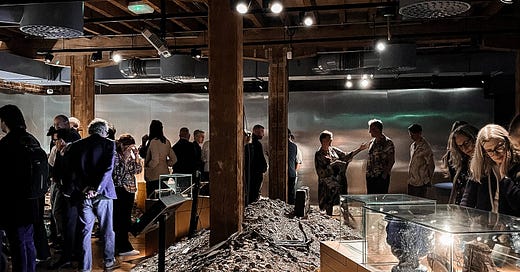





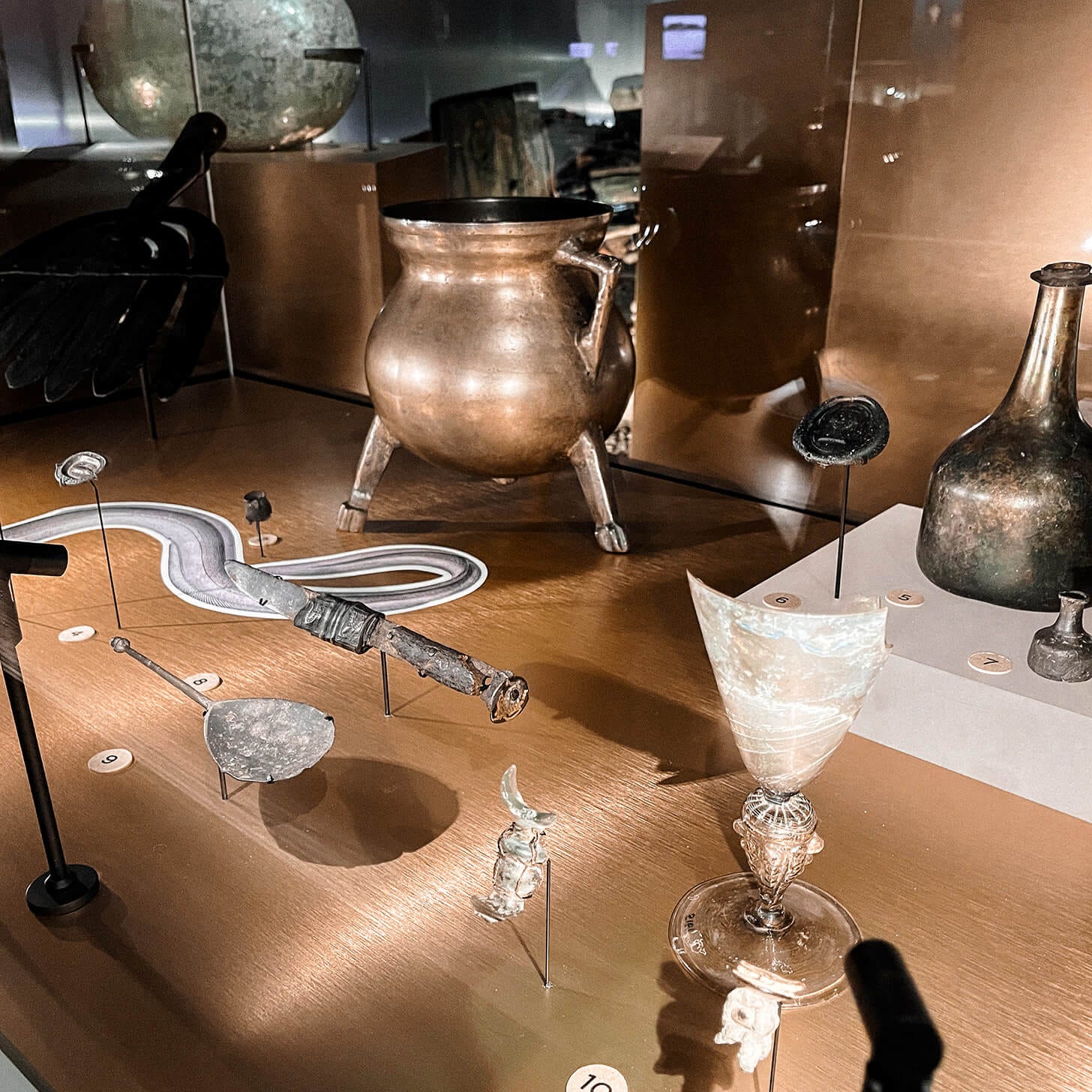
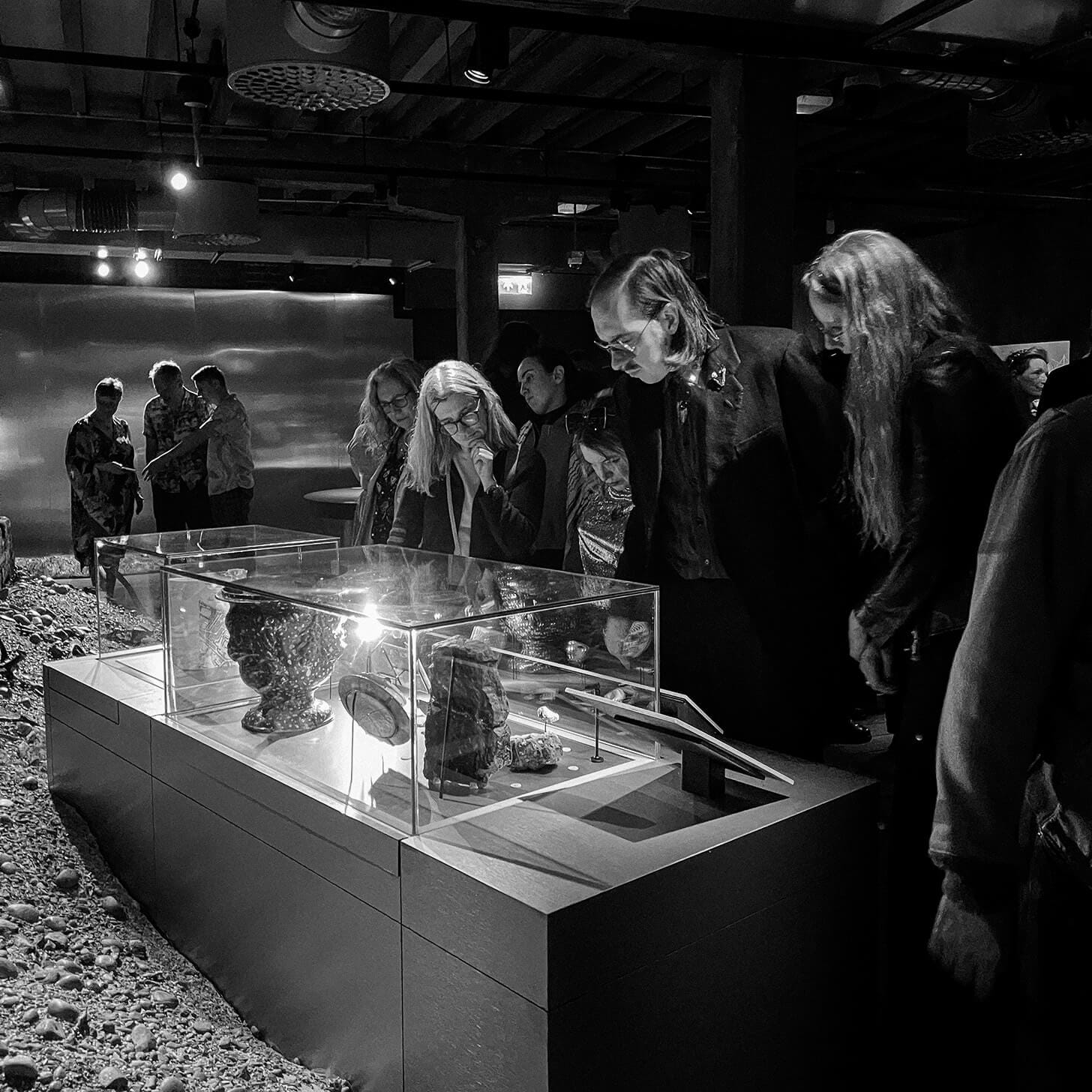
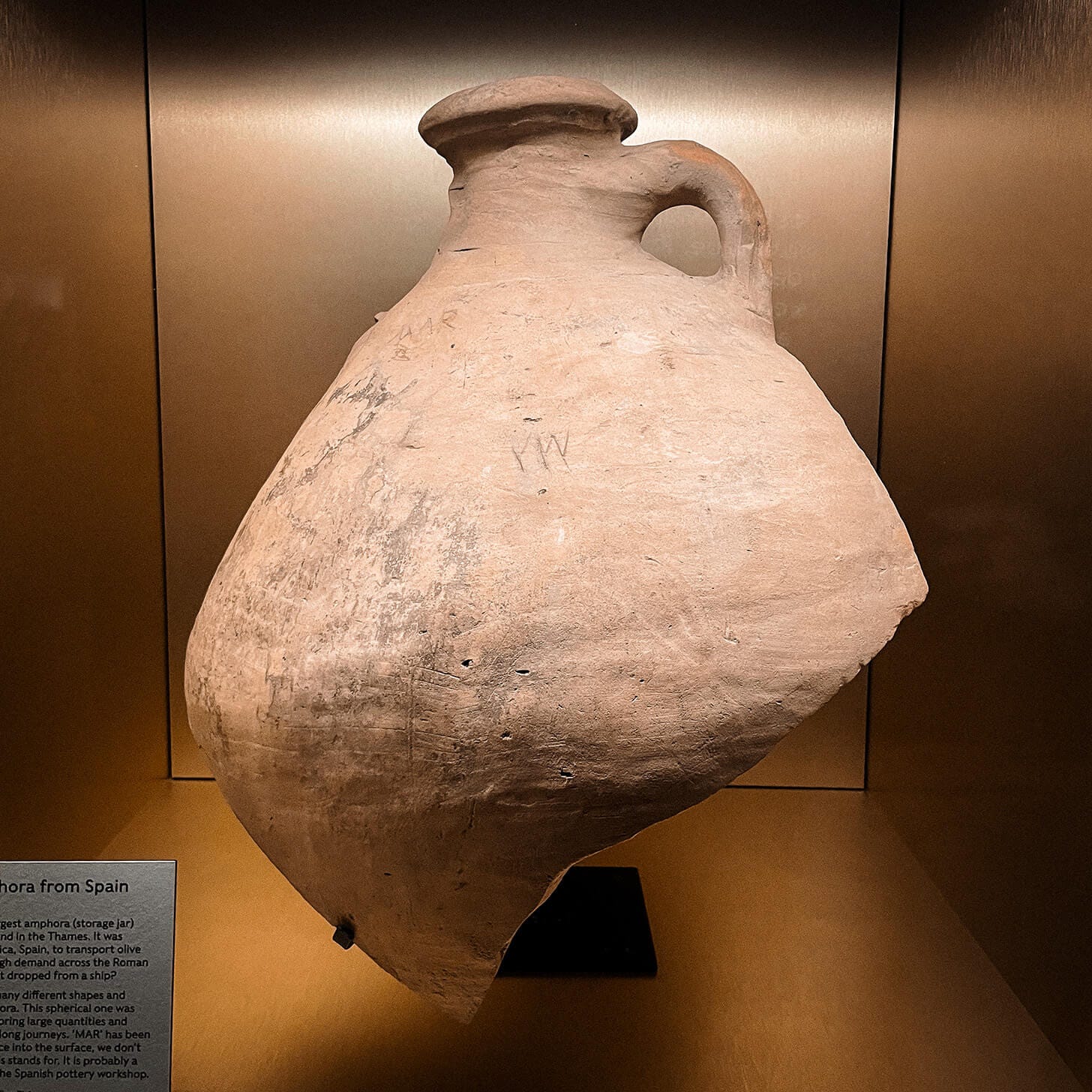

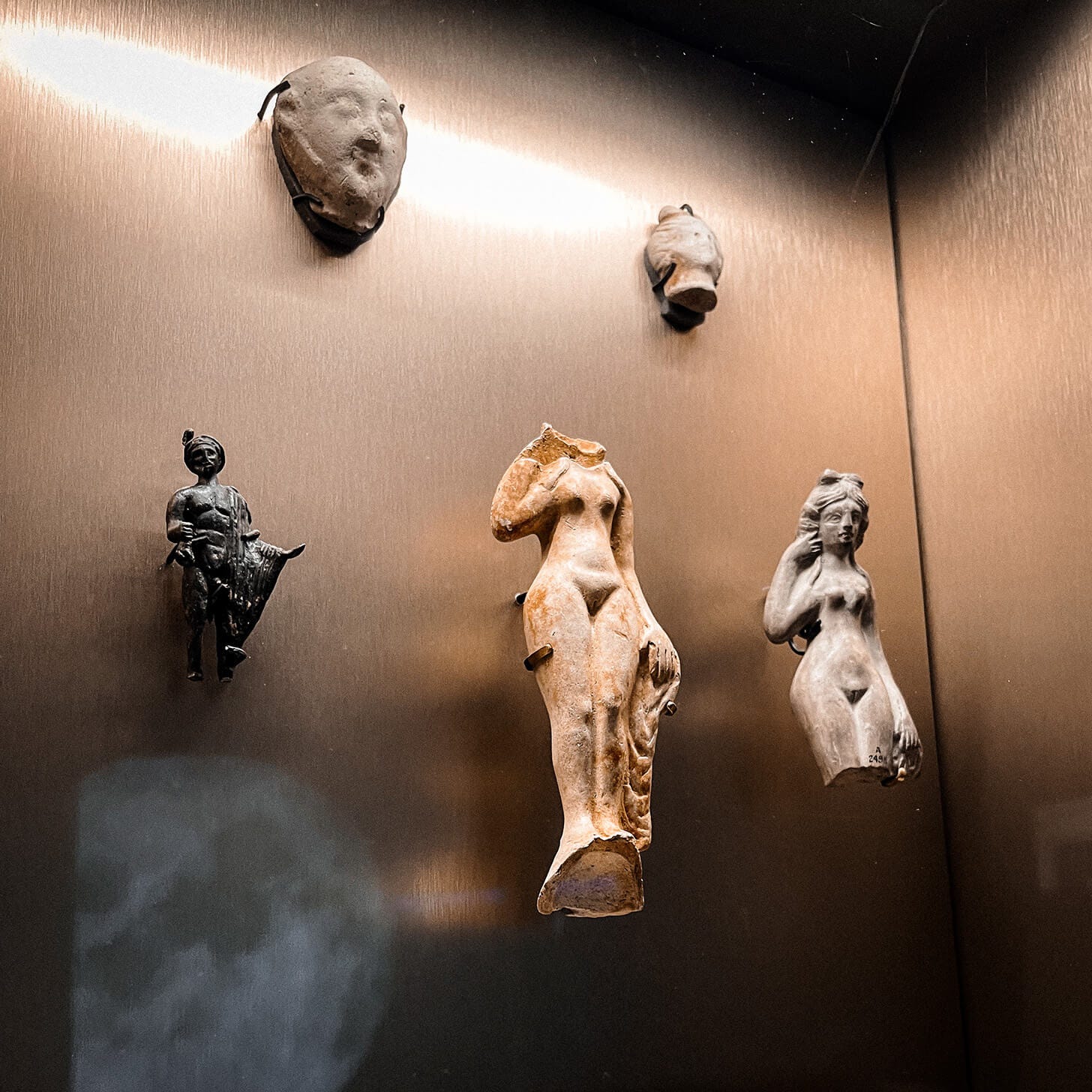
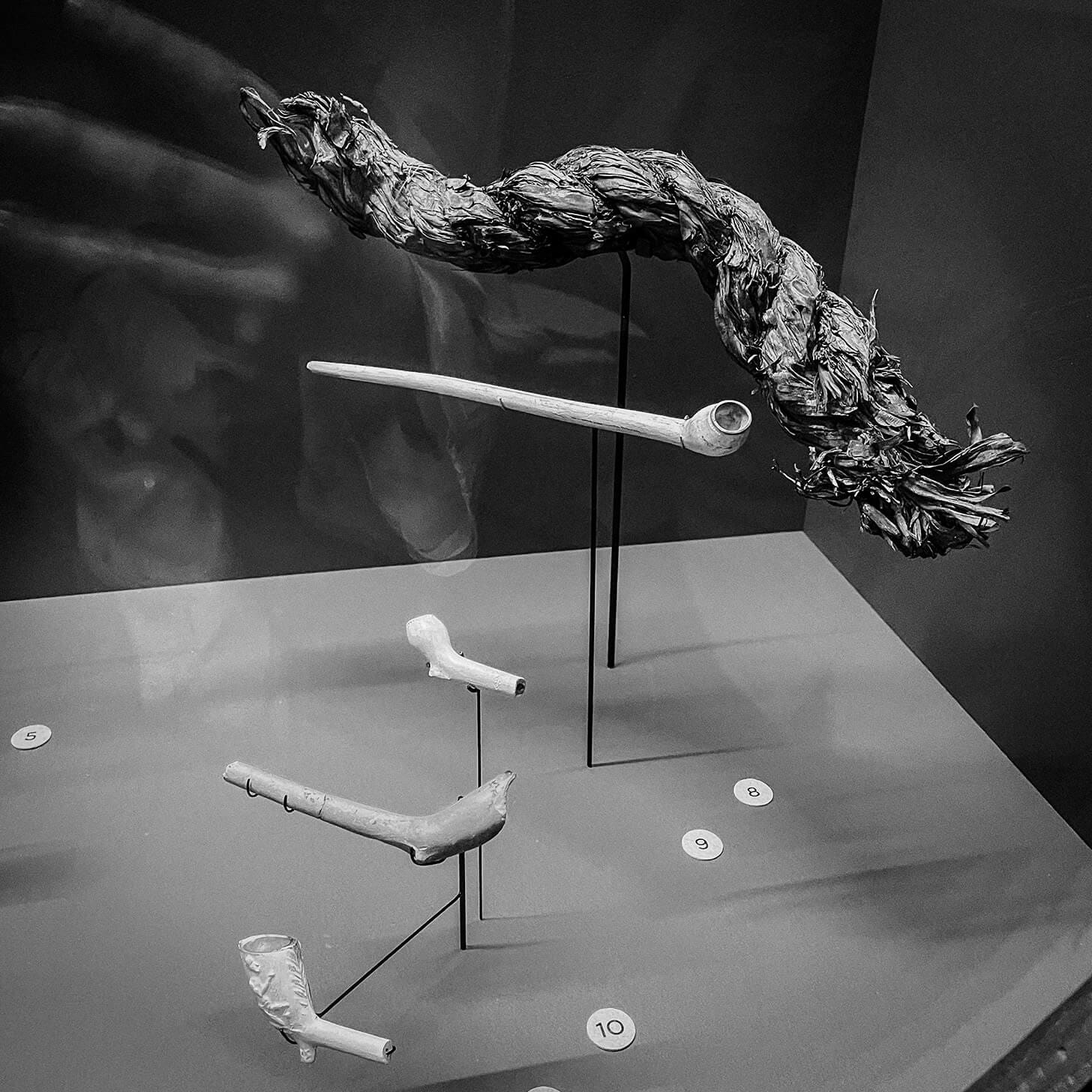
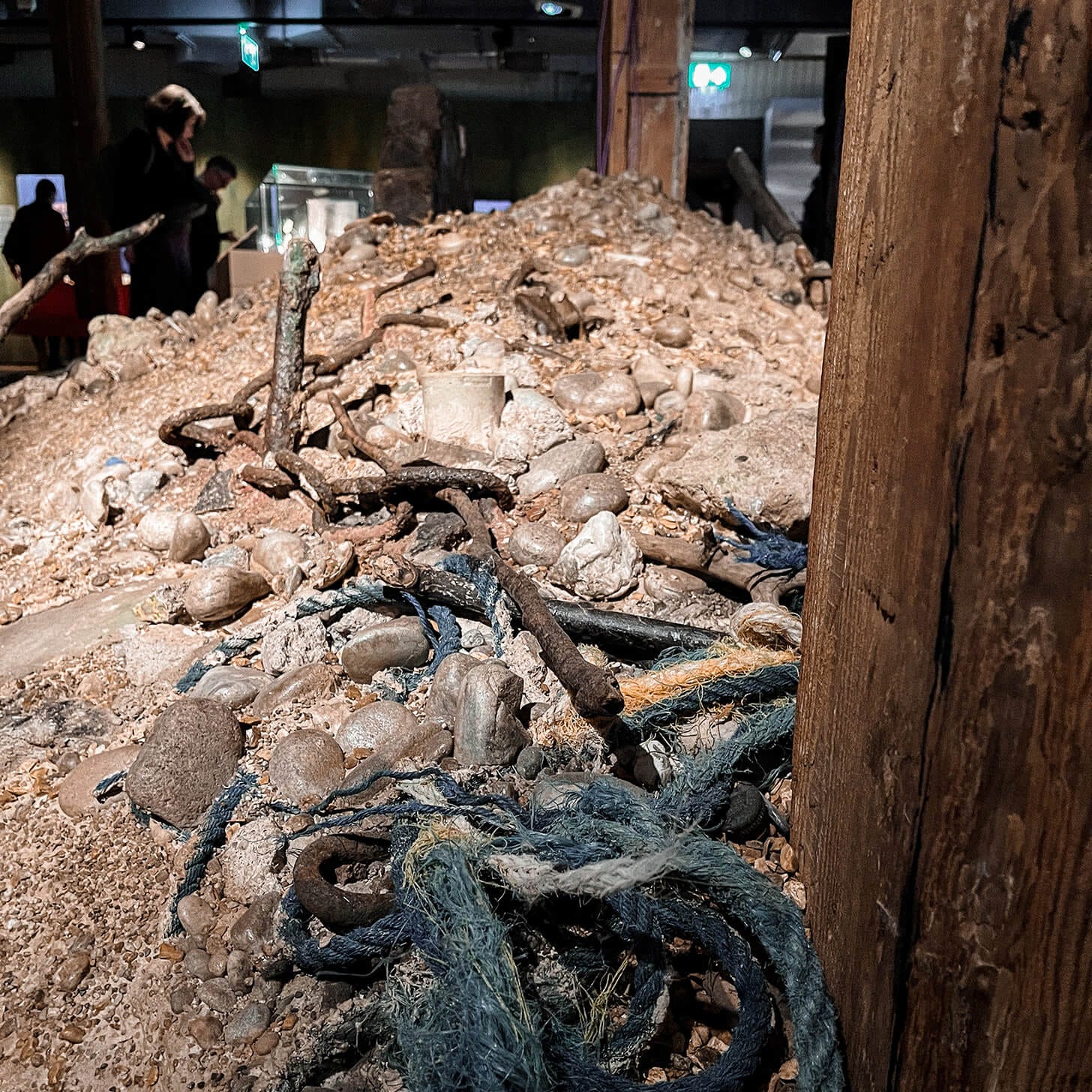

Thank you for this wonderfully written piece. It is so validating to see finds made by myself and many other mudlarks being recognised and valued in this way. I hope this groundbreaking exhibition opens up many more opportunities for “amateurs” like ourselves to have contributions recognised and showcased.
I just wanted to thank you for an interesting and well-written piece. So, thanks!